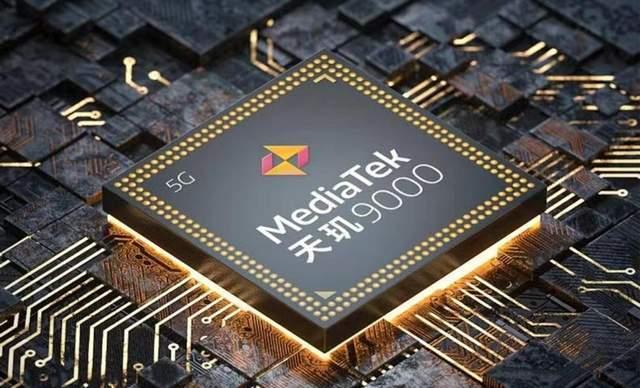After Qualcomm released its own Snapdragon 8 Gen1, MediaTek MTK also launched its own flagship chip, the Tianji 9000. Compared with the past, MediaTek really launched a flagship chip, and it can no longer only be paired with the sub-flagship of the Snapdragon 870 like the Tianji 1200. This situation is quite unfavorable for Qualcomm, from the latest market share, Qualcomm has given up the position of the boss of the low-end market, and then MTK will put pressure on Qualcomm in the top market, and the premise of all this is that Tianji 9000 is strong enough. So is it strong enough? Let's take a look at it and snapdragon 8 Gen1 who is a little stronger.

MtK's Tianji 9000 launched this time uses TSMC's 4nm process, in contrast to the Snapdragon 8 Gen1, which is the product of Samsung's 4nm process. From the architectural point of view, the Tianji 9000 introduces a three-bundle architecture design, including a 3.05GHz Cortex X2 super core, three Cortex A710 large cores and four Cortex A510 small cores, and also supports LPDDR5X memory and dual-channel UFS3.1 flash memory.
From the specification point of view, the basic architecture of Tianji 9000 is similar to that of Snapdragon 8 Gen1, but the details are comprehensively surpassed. For example, the super core is 3.05GHz, which is slightly higher than the Snapdragon 8 Gen1, and the large core is 2.8GHz, which is also higher than the existence of the Snapdragon. In terms of memory specifications, it supports more advanced LPDDR5X, with a transmission rate of 7500Mbps, and the LPDDR5 transmission rate used by Qualcomm Snapdragon 8 Gen1 is speculated to be about 6400Mbps. In short, at least the paper specifications are pressed with snapdragon 8 Gen1.
As for the ISP, Tianji 9000 and Snapdragon 888 both support 18bit, and the paper specifications are Tianji 9000 strong, and they are much stronger. But for supporting 320 million pixel cameras and the like, it can only be said that it is good to see. We have introduced very early in the article, the difference between this specification support and actual use is very large, such as Snapdragon 865 nominal support 200 million pixels, but after adding zero delay, multi-frame noise reduction algorithm, it has shrunk to support 64 million pixels single camera or 25 million pixel dual camera, so Tianji 9000 This should not be very strong, at best it is the same level as Qualcomm.
There is not much to say about other aspects, in terms of baseband chip specifications, the current MTK advantage may be obvious, after all, there is no millimeter wave this burden, so for VoNR, carrier aggregation, double 5G dual standby, etc. MTK is doing earlier than Qualcomm and better than Qualcomm. Qualcomm only the top flagship can barely equal mt. MTK, including Snapdragon 870 other chips are weaker than MTK, which also led to the Qualcomm mobile phone new products we see now should only be Snapdragon 8Gen1, Snapdragon 888 and Snapdragon 778G three, other may be blocked by operators.
So the most critical thing, specific to what will the running score look like? In fact, An Tutu has already given the answer before. The Tianji 9000 is 1007396 points, while the Snapdragon 8 Gen1 engineering machine runs 1025215 points. Although Qualcomm is still a little stronger, this gap of less than 2% has no impact on the experience.
Speaking of which, what will be the most influential thing for tianji 9000 and snapdragon 8 gen1? The answer may be fever and battery life. In the case of two chip specifications are equal, one is TSMC 4nm, the other is Samsung 4nm, which may be a showdown between the two major chip foundries. And the final result of the comparison between the two of them may also solve the biggest doubt in a mobile phone chip industry - the previous generation of Snapdragon 888 is so hot, is ARM not ok, Qualcomm not working or Samsung not working? It's a bit of an excitement to say.